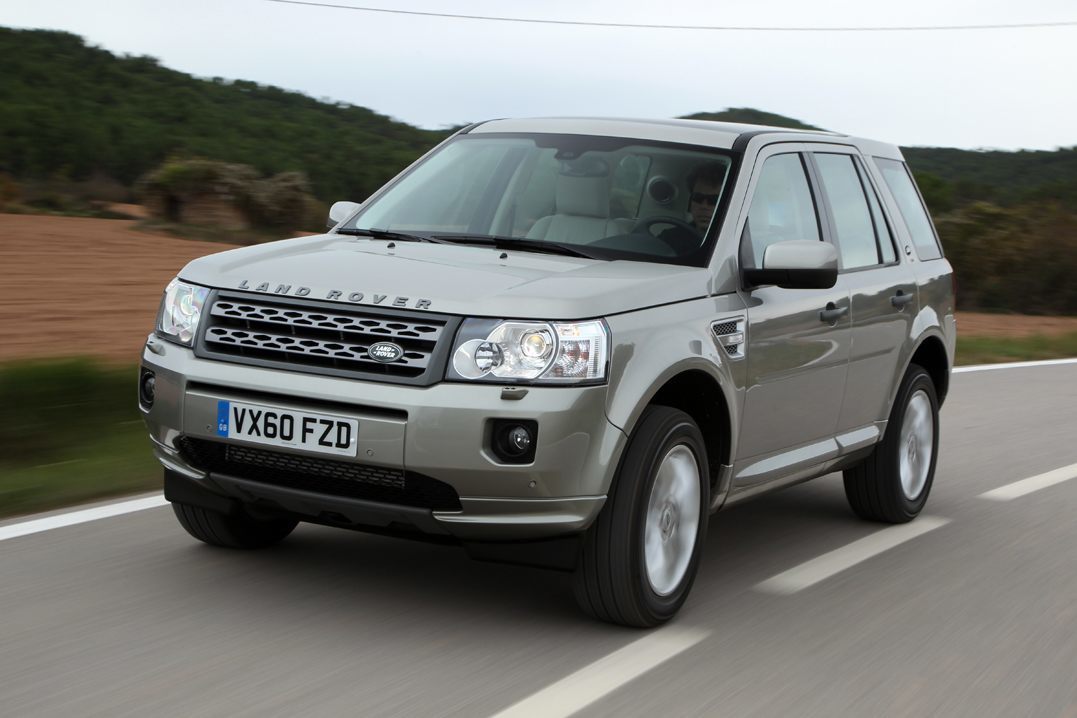Land Rover Freelander (2006-2014) Review
Written by Matthew MacConnell
- 2006
- SUV
- Petrol, Diesel
Quick overview
Pros
- Robust interior
- More spacious inside than the old model
- Genuine off-road ability
Cons
- Roly-poly on-road handling
- Costs more to run than rivals
- Various mechanical frailties
Verdict: Is the Land Rover Freelander a good car?
"In this Land Rover Freelander review, we are looking at the second generation car, which thankfully made some much-needed improvements over the old model. With improved refinement, a better interior and a more palatable on-road driving experience, the Land Rover Freelander 2 was a more complete car and did a better job of being an everyday family SUV."
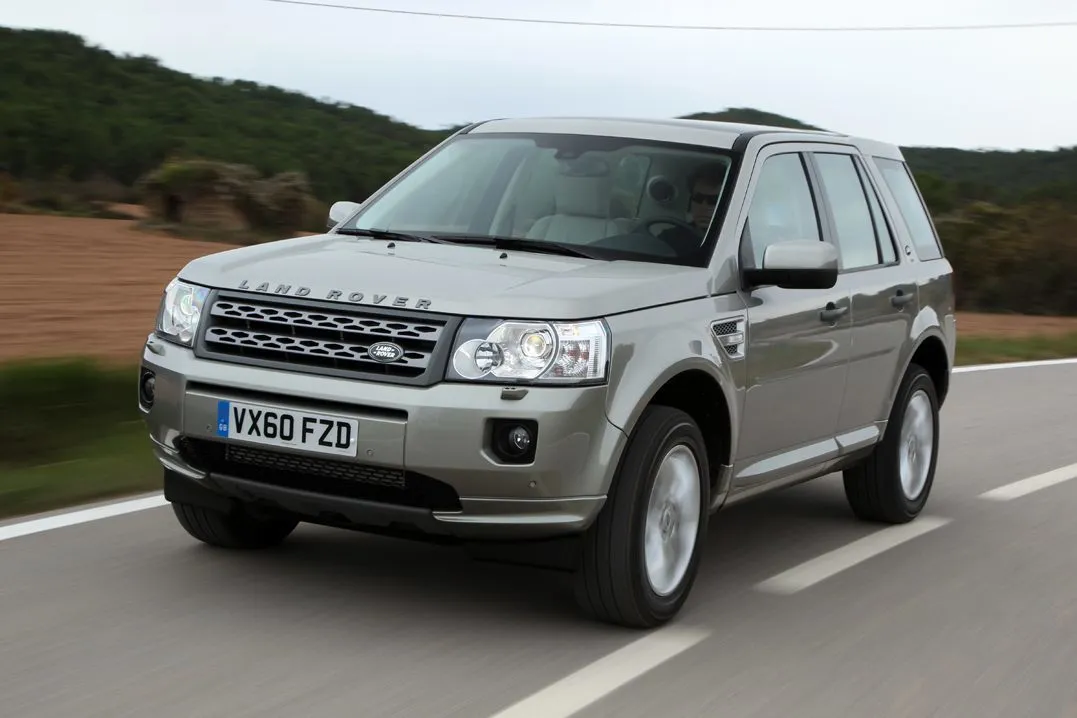
It's in the cabin where the improvements were most noticeable. It was far better built, more refined and had a hardwearing feel. True, other 4x4s this size may have had modern interiors, but there was a robustness about the Land Rover Freelander 2 that reflected its rugged nature – this was no 'soft-roader'.
Like the larger Discovery model, the Land Rover Freelander was genuinely capable off-road and dealt with rugged terrain, even on standard road tyres - something you couldn't say about a similar era BMW X3 or an Audi Q5.
This did have its downsides, as the Land Rover Freelander wasn't as sharp on the road as other 4x4s. It wasn't wallowy or soft, but lacked the responsiveness of some rivals; none of them could match the Land Rover's all-terrain ability, however.
The engine line-up included a 3.2-litre petrol, but this was a rare sight. Most buyers went for the strong 2.2 TD4 diesel. In 2009, a stop/start version was introduced, which saw CO2 emissions reduced to 179g/km and economy improved to a claimed 41.3mpg.
In September 2010, the Land Rover Freelander 2 was facelifted with a new grille, lights and bumpers, but larger changes were under its skin. The 2.2-litre TD4 engine was replaced by a new unit (the same size), which was available in two outputs of either 150bhp or 190bhp, and all manual models had an engine stop/start system as standard.
A 2WD model was also launched, available in the UK from January 2011 - badged the Freelander 2 eD4. It was the most efficient Land Rover ever produced, with claimed fuel consumption of 47.2mpg and CO2 emissions of just 158g/km.
Is the Land Rover Freeland right for you?
It depends. If a capable budget off-roader is needed, the Freelander won't disappoint. A few people, my dad included, enjoy working on older Land Rovers. They are often kitted with chunky tyres, snorkels, lifted suspension, and other off-road goodies. Remember, Land Rover stopped making these cars over 10 years ago.
What's the best Land Rover Freelander model/engine to choose?
We'd suggest the 157bhp 2.2-litre TD4 diesel; it's a cocktail of performance and economy. There's also the SD4 - choose the six-speed manual if tackling any rough terrain is important. The 3.2 is decent, but it chugs fuel.
Regarding trim, S models are bare - an ideal choice for those not fussed about a dirty interior. GS versions have cruise control and parking sensors, while SEs have heated seats. If you're using it on-road, try to find a reasonably priced HSE - these come packed with toys.
What other cars are similar to the Land Rover Freelander?
The Freelander's direct rivals were the Audi Q5 and Volvo XC60. Secondly, there was the Skoda Yeti 4x4 and BMW X3. If a newer car interests you, Land Rover makes the Discovery Sport, the Freelander's successor. There's also the Subaru Forester.
Comfort and design: Land Rover Freelander interior
"The interior of the Freelander 2 wasn't as stylish or as modern as other 4x4s, but the big buttons and rugged plastics matched its off-road Land Rover image. "
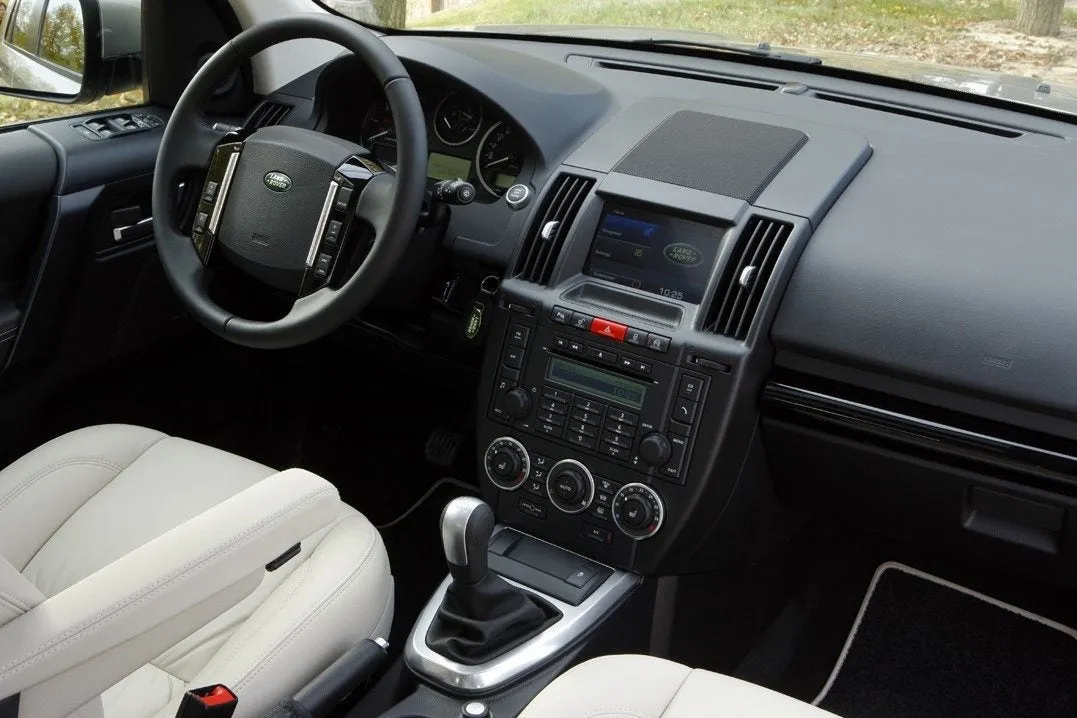
Quality was good, and it felt like a premium product, illustrated by a satisfying thud when closing the doors and a nicely weighted gear change. The instrument dials were easy to read, and the raised driving position provided good road views - Land Rover calls this the 'Command Driving Position'. The seats were comfortable, which was notable on long journeys.
Revised models from September 2010 had the same cabin with a few minor tweaks. There were four new seat styles, covered with new Tofino or Resolve cloth fabrics, Napoli leather, a combination of Napoli leather and Alcantara, or Windsor leather for the Premium Pack. Four new interior trims came in either Element Silver, Element Black, Dark Chestnut and Piano Black lacquered finish.
At the high end of the option range was a Premium Pack option with Windsor Leather upholstery in Ebony, Almond, Ivory or Tan colourways. The Pack included an 8/6 way electric seat, premium carpet mats and covered centre stowage.
It was very safe, too - there were seven airbags: two curtain, two front, two thorax and a driver's knee bag as standard. The transverse engine mounting freed interior space and offered impressive crash performance, helping the Freelander 2 achieve a 5-star Euro NCAP rating for adult occupant protection.
Infotainment: Touchscreen, USB, nav and stereo in the Land Rover Freelander
The controls were easy to use, and the sat nav system (standard in higher specification models) was a simple touchscreen unit. However, it wasn't the best navigation system, and the stereo was dated.
The Meridian sound system, introduced in 2012, was delivered with a new seven-inch colour touch-screen and either the 380W, 11-speaker system for improved stereo sound quality or the 825W surround sound 17-speaker system with Trifield technology, which provided a concert-like experience.
Both were equipped with subwoofers for a deep, bass sound and Audyssey MultEQ audio tuning system.
Space and practicality: Land Rover Freelander boot space
The Land Rover Freelander was a good family hauler. Its door bins swallowed one-litre drink bottles, and it had a few cup holders. Likewise, a reversible rubber cover in the boot caught muddy paws and boots. The 1,670-litre boot (seats folded) could take a bicycle. With the seats in place, the boot was 755 litres.
Handling and ride quality: What is the Land Rover Freelander like to drive?
"On rural roads, the Freelander's high ground clearance and long travel suspension made progress somewhat choppy, but on motorways it was mostly serene and relaxed."
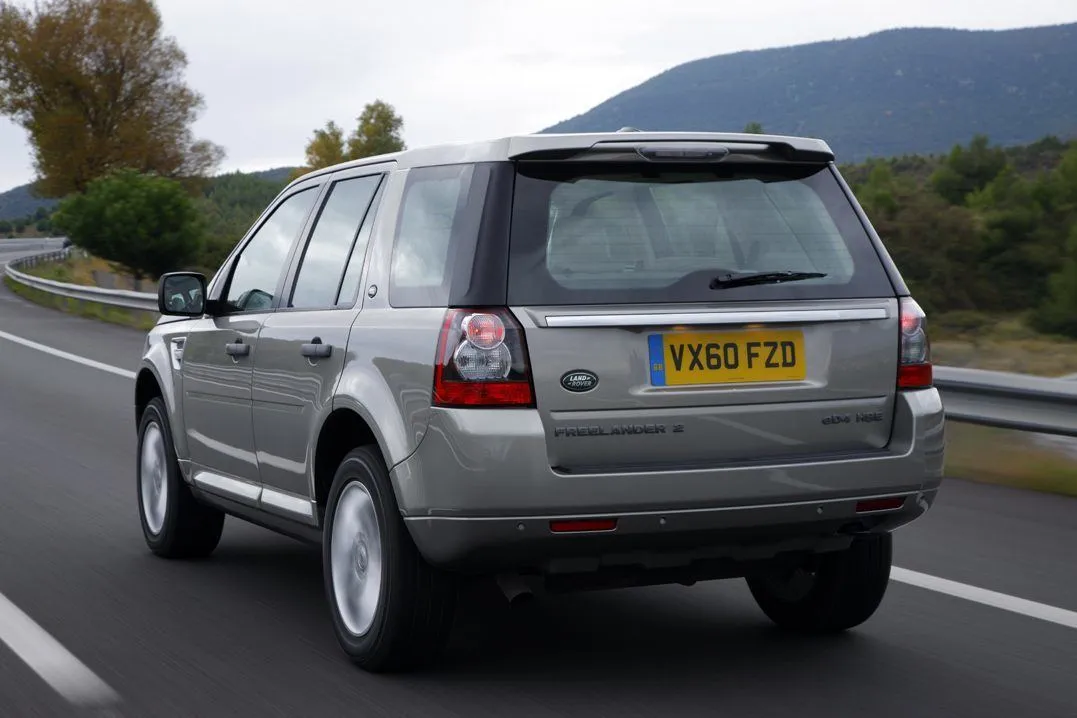
Once tuned in, the car could be punted round corners. Although the steering was light and inert, it rolled a good deal.
At non-motorway speeds, the 160bhp 2.2-litre diesel was a bit raucous. It felt somewhat gutless in the lower gears, but would rapidly gain momentum in lower gears because of its torque reserve.
Bigger changes to the Freelander 2 arrived late in 2010, when it was given a midlife facelift. From the outside, the changes were subtle. There was a new grille, bumpers, tweaked lights, and paint options. The 3.2-litre petrol was dropped while a new 2.2-litre diesel was introduced, replacing the old 160bhp model.
The new 2.2-litre diesel came in two different outputs - a 150bhp version, the TD4 model, and a 190bhp version, which was badged the SD4 model. Both produced 20Nm more torque than the predecessor, increasing to 420Nm for punchy performance.
This new engine was Euro V compliant and cleaner than the previous 2.2-litre diesel, too. CO2 emissions of the 150 bhp automatic model were now 165g/km, while the 190 bhp automatic was 185g/km. Fuel consumption for the 150bhp manual also improved to an impressive 45.6mpg.
Land Rover worked to make the new diesel quieter, which was noticeable on start-up and when gently cruising, but it could still be noisy under hard acceleration, more so in the automatic versions. But it felt sprightly, helped by the extra torque, aiding in-gear acceleration. The automatic only SD4 (the 190bhp version) was impressively quick, sprinting from 0-60mph in 8.7 seconds.
Another change was the introduction of the front-wheel drive model. Land Rover claimed opting for it was 'no compromise' over the standard 4x4 model. True to a certain extent, as it had the same braked towing weight of 2000kg and felt similar on the road in everyday driving. It came with the 150 bhp 2.2-litre powerplant.
Because of the mechanical changes, Land Rover had to modify its software. The Slip Control System (SCS) was optimised to suit the front wheel-drive system, and the Roll Stability Control (SCS) software was also re-tuned to account for weight reduction.
On even fairly hardcore terrain, it coped well. Soft sand or thick mud saw it struggle compared to the 4x4 version, as expected.
What engines and gearboxes are available in the Land Rover Freelander?
Land Rover released two 2.2 diesel versions with 150 and 190bhp. A later eD4 with two-wheel drive appeared, while all-wheel drive versions were called TD4. The 190bhp SD4 paired with the automatic was the quickest with 0-62mph arriving in 9.5 seconds. Both automatic and six-speed manual 'boxes were offered.
Refinement and noise levels
The Freelander was fairly smooth, but wasn't as precise as rivals. However, it sits on a decade-old chassis but still feels safe today. Once at cruising speed, the Freelander generated a bit more wind noise, but wasn't enough to cause upset.
Safety equipment: How safe is the Land Rover Freelander?
Cabin space and safety were improved with an intelligent electric parking brake, which adjusted brake force according to the vehicle's gradient. The system was so intelligent that it even considered whether the brakes were hot or cold. If hot, it ‘woke up’ periodically to ensure clamping force was not lost as the brakes cooled.
Despite being operated by a single switch, the electric parking brake could be used as an emergency brake, automatically selecting the most stable braking method by employing skid prevention techniques. An additional safety feature ensured the brake couldn't be released unless the driving seat was occupied.
Before 2009, EuroNCAP didn't give an overall rating. Instead, cars were tested for adult occupancy, child occupancy and pedestrian safety. The 2007 Freelander was awarded five stars for adult, four for child occupancy and one for pedestrian safety.
MPG and fuel costs: What does a Land Rover Freelander cost to run?
"The 2.2-litre diesel was pretty economical with a claimed average of 37.7mpg. There was also a 3.2-litre straight-six petrol with 233bhp, with woeful economy."
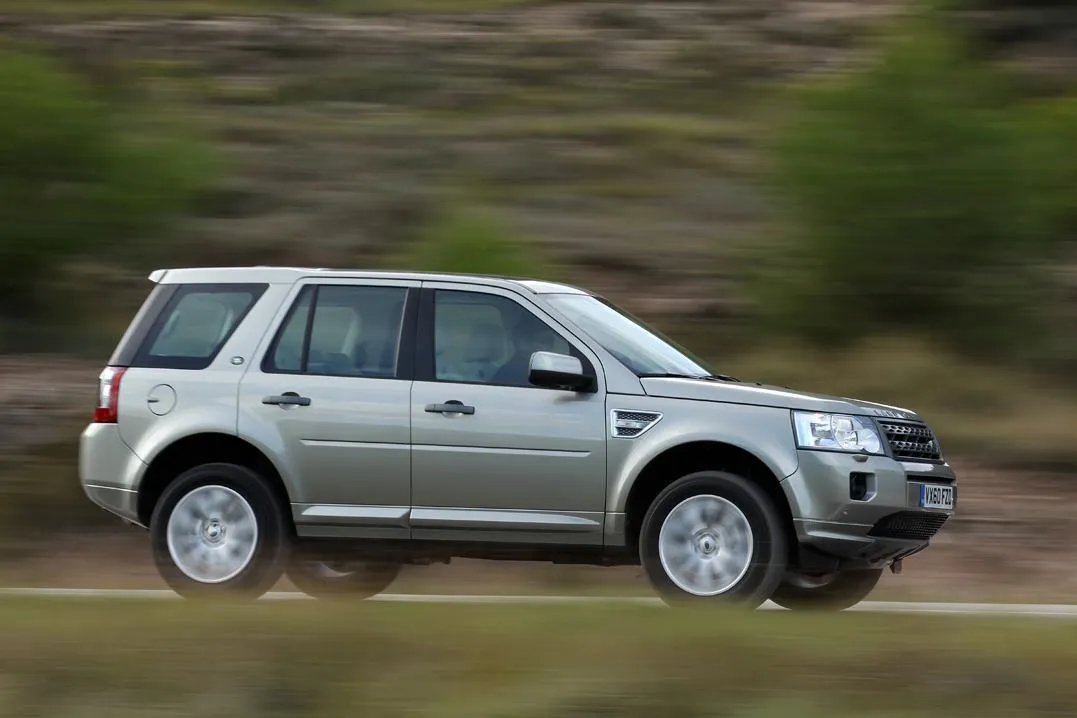
In early 2009, a new stop/start version of the 2.2 diesel was launched - badged the TD4_e CO2, which reduced CO2 emissions from 194g/km to 179g/km while fuel efficiency improved from 37.7 mpg to 41.3 mpg. It was good to drive and performed as strongly as the standard 2.2 TD4 model with good low-down grunt.
Perhaps the most significant model in the Freelander 2 range was the eD4. This was a two-wheel drive version - the first time Land Rover had produced a non-4x4 model - and as a result, it was also the most efficient Land Rover ever built.
2WD versions of compact SUVs made up a quarter of all sales back then; it was no surprise that Land Rover decided to introduce it. The headline c02 figures were 158g/km (below the critical 160g/km level for business users), and 47.2mpg.
Land Rover Freelander reliability and warranty
A test drive is a imperative when looking at used examples. When behind the wheel, listen for any rear rumbling, as this could indicate rear differential trouble. Power steering pumps are also known to fail. Likewise, diesel cars suffer from oil breather and fuel injector issues.
Electrical systems are also known to develop faults. Sunroofs on cars from 2006-2008 are known to derail, and then there's the booster heater fire, which affects cars built between 1 Feb 2007 and 2 June 2008. Fires can be caused by a booster heater short circuit. Early signs are battery drain and hot or melted plastic smell. It's also worth checking for fuel leaks on cars built between 1 January 2012 and 31 October 2013.
VED car tax: What is the annual road tax on a Land Rover Freelander?
The cheapest car to tax is the 2.2 eD4 at £265, while the popular 2.2 TD4 costs between £265 and £430, depending on the year. The most expensive is the 3.2 six-cylinder at £760.
Land Rover Freelander price
"Finding a Freelander is easy - the used car market is filled with them. But finding a good one can be tricky"
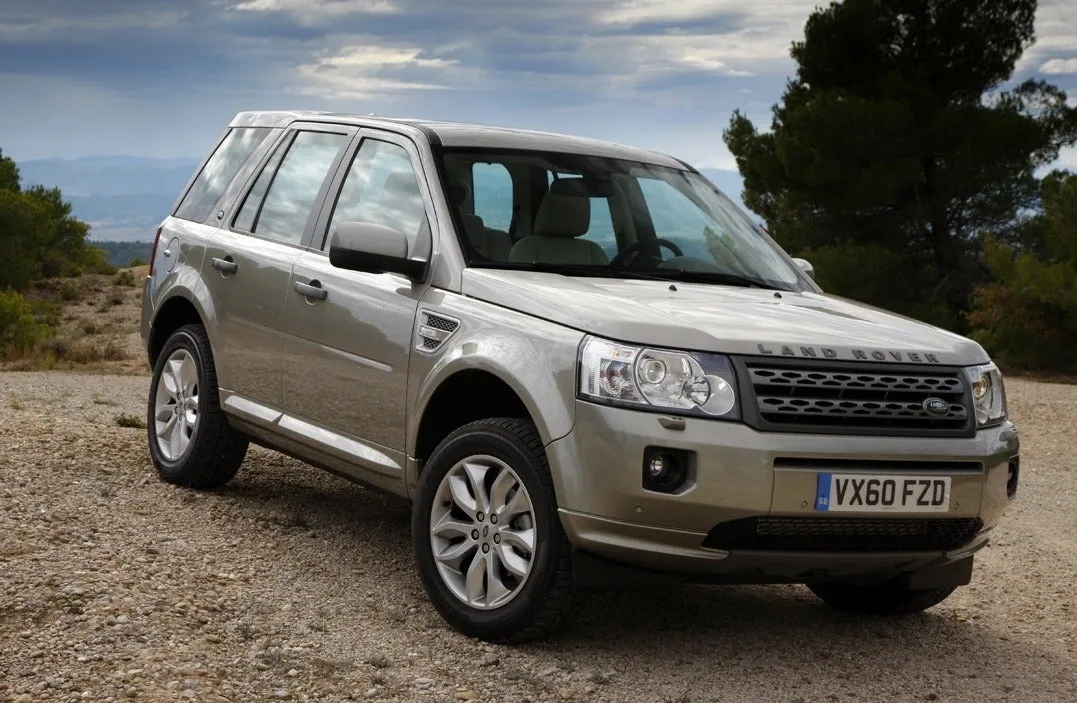
£900 gets you a 2006 160,000-mile well-worked Land Rover Freelander. Slightly newer, looked-after examples with lower mileage fetch upwards of £3,000. Like the original Freelander, there are plenty of project cars for under £1,000, and unless you enjoy headaches, we'd steer clear.
Cherished cars are priced from around £6,000 and stretch to £18,000. The latter gets you a fully-loaded 2014 2.2 car with sub-60,000 miles
Trim levels and standard equipment
In 2012, Land Rover installed an array of new features, including a new centre console. The original Terrain Response dial was replaced with clicky switches.
‘Dynamic’ also joined the range, which came in three new interior colours: Ebony, Ivory or Pimento, each with matching stitching and coordinated door casings. A crisp new instrument cluster with a 5-inch screen displaying primary vehicle-related information like temperature and fuel levels. Gear positions and the Terrain Response mode sat between the dials and were complemented by steering wheel toggle switches.
Passive Start replaced the key docking system, meaning the engine started at the touch of a button.
2012 cars also had a rear-view camera. The view from the back of the vehicle was displayed on the Infotainment screen with dynamic lines representing the boundaries and predicted path as you reversed. The system incorporated ‘Hitch Assist’, a graphic superimposed on the camera, showing the position of the tow ball.
The updated ‘Say What You See’ voice activation system visually prompted the driver with the commands needed to control audio, satellite navigation, climate and phone functions. It's clunky by modern standards.
The navigation system was enhanced with a faster hard drive-based system. This featured ECO Route planning, Dynamic Zoom, Visual Lane guidance, POI (Point of Interest) management and repeat TMC guidance. You could also manage waypoints, store locations and POIs by name.
Three new colours were added to the Freelander range: Aintree Green, Havana and Mauritius Blue, while XE models got a 17-inch alloy wheel design. Exterior updates across the range included Xenon headlights and revised front and rear bumpers.
The entry-level Freelander S had cloth seats, while the GS had full leather. The Dynamic version had a body kit, gloss black fender vents, grille bars and grille surround with three leather seat colour choices. Likewise, it had 19-inch 10-spoke alloy wheels.
HSE models, meanwhile, featured wood interior trim and a wide range of standard equipment including: panoramic sunroof, memory function for the electric driver’s seat and door mirrors and the 825W Meridian surround sound system.
The range-topping HSE LUX added Windsor leather seats, Grand Black Lacquer finisher, premium carpet mats and 19-inch Diamond Turned Wheels.
Ask the heycar experts: common questions
Do Land Rover still make the Freelander?
What's the best Land Rover Freelander to choose?
Are Land Rover Freelander's expensive?
Get our latest advice, news and offers
Keep me updated by email with the latest advice, news and offers from heycar.
By submitting you agree to our privacy policy
